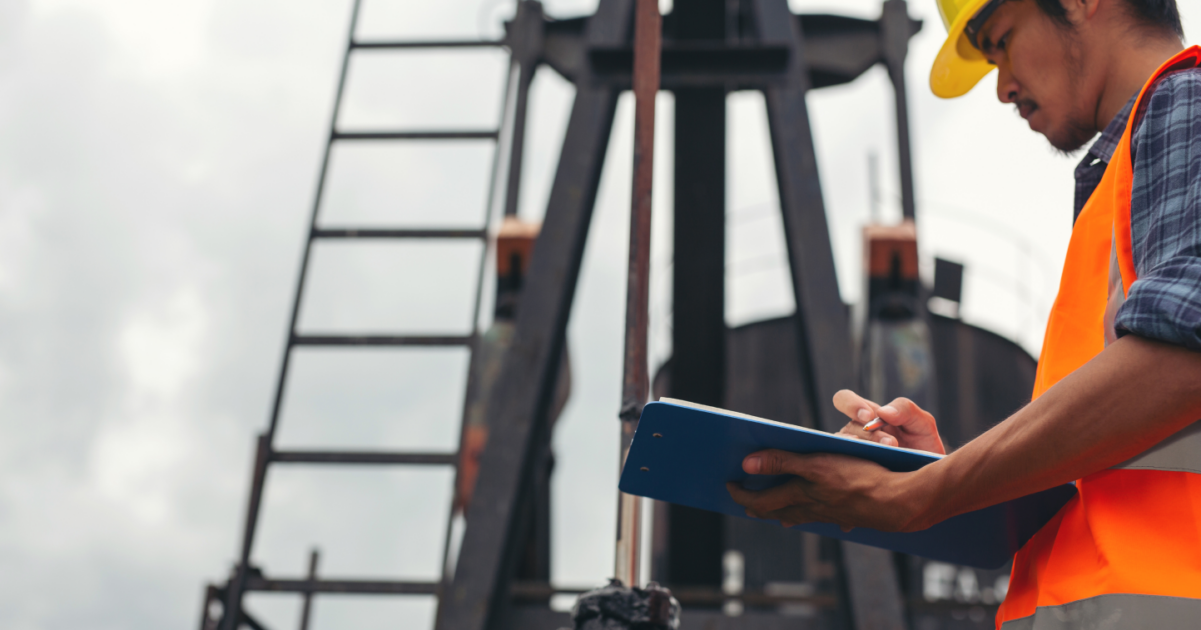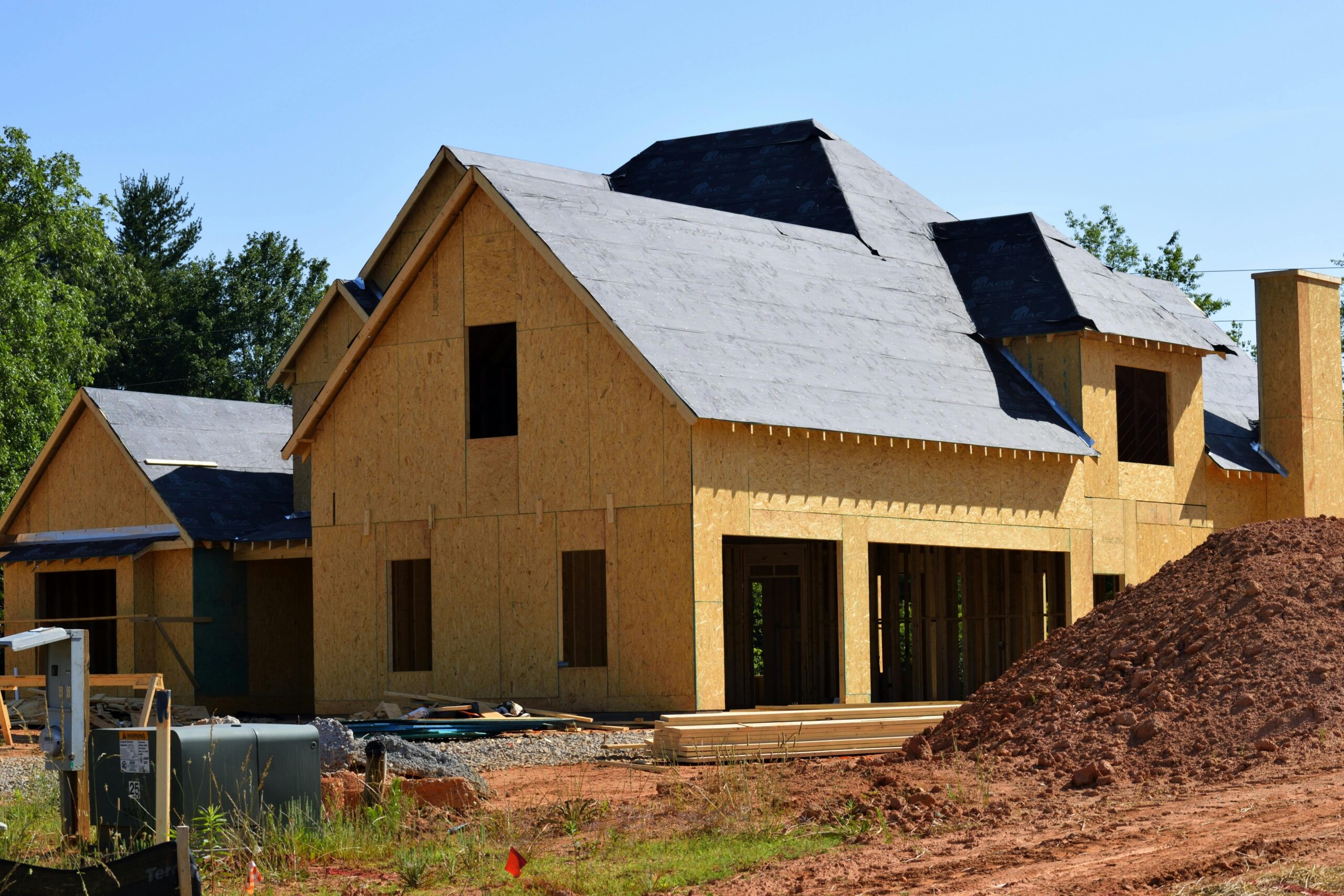AGA Preparedness Planning from a Reliability Perspective Infographic
This infographic was developed as a resource for companies to use when updating their business continuity plans. It includes five…
On Capitol Hill and beyond, AGA champions the role of natural gas in energizing America’s future, advocating on behalf of natural gas utilities on a variety of issues related to the production, transmission, distribution and use of natural gas.

This infographic was developed as a resource for companies to use when updating their business continuity plans. It includes five…
Renewable natural gas (RNG) is defined as a pipeline-compatible gaseous fuel derived from biogenic or other renewable sources that has…
A summary of Executive Order 14239, which intends to streamline and localize cybersecurity and preparedness activities and shift the national…
The scope of this document addresses larger systems of SCADA for the natural gas transmission industry and the local control…
Inflation-adjusted prices for natural gas also remain historically low, showing continued reliable affordability for American families, businesses and industry.
The Potential Gas Committee has rolled out its 60th Anniversary report on natural gas resources in the United States in…
The American Gas Foundation’s analysis demonstrates that renewable natural gas (RNG) is poised to play a pivotal role in meeting…
New research shows that surging demand for energy has created an urgent need for more natural gas storage. In Assessing…
The Protecting America’s Cyber Networks Coalition urges Congress to reauthorize the Cybersecurity Information Sharing Act of 2015 (CISA 2015) before…
Members of the Natural Gas Council submitted a letter to Chairman and Ranking Member of the Committee on Science, Space…
American Gas Association President and CEO Karen Harbert and Board Chair Lloyd Yates shared an open letter with President-elect Trump,…
Line extension allowances (LEAs) are programs designed to offset some or all of the costs of connecting customers for natural…
Summary In the third quarter of 2025 (2025Q3), average requested and authorized returns on equity (ROEs) trended lower compared to…
As the 2024-2025 winter heating season nears its close, the natural gas market is finally getting some relief from colder-than-normal…
Review statistical data on the natural gas industry.
New analysis is now addressing the critical intersection between environmental sustainability and economic efficiency in household energy use, allowing for informed decisions by consumers, policymakers and other stakeholders to enhance energy efficiency while maintaining multiple options for households to reduce their carbon impact and control living costs.

The AGA State Profile Pages are designed to provide a snapshot of the natural gas industry by presenting the following gas industry statistics for each state and market segment: utility sales revenues, consumption, customers, infrastructure (including reserves, production, and transmission and distribution lines), and efficiency program expenditures.
Nation Wide
Energy efficiency can be an effective resource for customers, communities, and states to reduce energy costs, provide essential energy services, improve energy reliability and resilience, boost the economy, and reduce the environmental footprint of energy use.
Comments & Testimony
Letter in Support of the SPEED Act
Rising energy demand and increasing power costs are exposing the immediate need for more energy infrastructure. Clear, consistent, durable permitting…
Final Comments Submitted to Docket – Pipeline Safety: Standards Update-API RP 1170 and API RP 1171
AGA comments in response to the PHMSA Direct Final Rule entitled “Pipeline Safety: Standards Update-API RP 1170 and API RP…
Final Comments Submitted to Docket – Gas Pipeline Coating Damage Assessments and Remedial Actions NPRM
Joint industry comments from AGA and the Northeast Gas Association in response to the PHMSA Notice of Proposed Rulemaking entitled…
Final Comments Submitted to Docket – Mandatory Regulatory Reviews ANPRM
AGA filed comments in response to the Advance Notice of Proposed Rulemaking (ANPRM) published June 9, 2025 related to Mandatory…